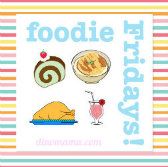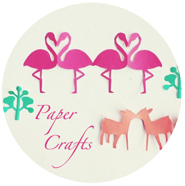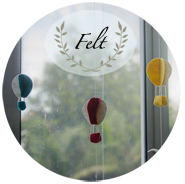
Take a walk with me down the streets of Joo Chiat, and there we will discover glimpses of a bygone era, a hybrid of Chinese, Malay traditions with a touch of Portuguese, Dutch and Indonesian influences.
A street once known as Lorong E East Coast Road, this road was named after a man, who was a wealthy 2nd generation Straits born merchant from Malacca.

The two rows of pre-war terrace houses along Koon Seng Road are a distinct part of Joo Chiat’s identity and are one of the finest examples of Peranakan architecture in Singapore.


The most outstanding feature of the late styled (1900-1940) houses is the narrow and intricately embellished facade of the entrance.

The main face of the house is decorated in plaster and tiles, often, these fine ceramic tiles with floral or geometrical designs were imported from France, England and Belgium.

The external walls of these houses are decorated with Chinese couplets of good fortune, health and happiness adorning the front windows, similar to the traditional residences in China. These motifs are derived from mystical dragons, deer and dogs, symbols of good fortune and long life.
Other motifs like flowers are bird act as accompaniments to the decoration, which reflected the wealth and status of the owners.

With its rich architectural heritage, I can only imagine the many intriguing stories behind these homes and their old owners who used to lived there.

I will be taking a walk down Katong Road next to discover more of the Peranankan culture in this part of Singapore, look out for my upcoming posts!




























